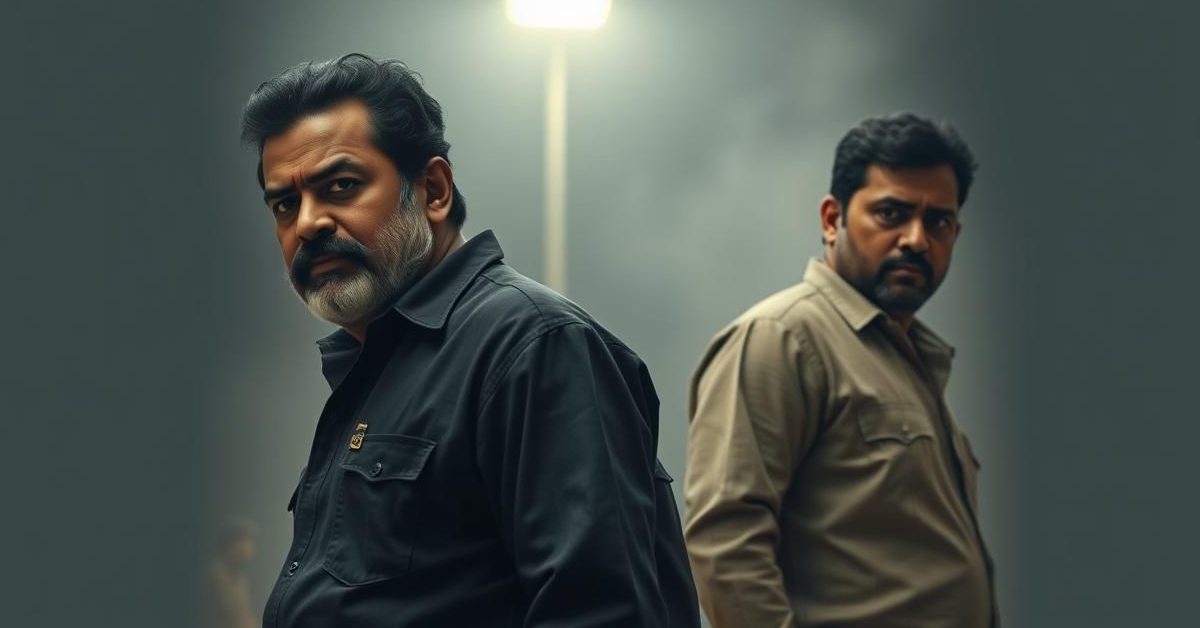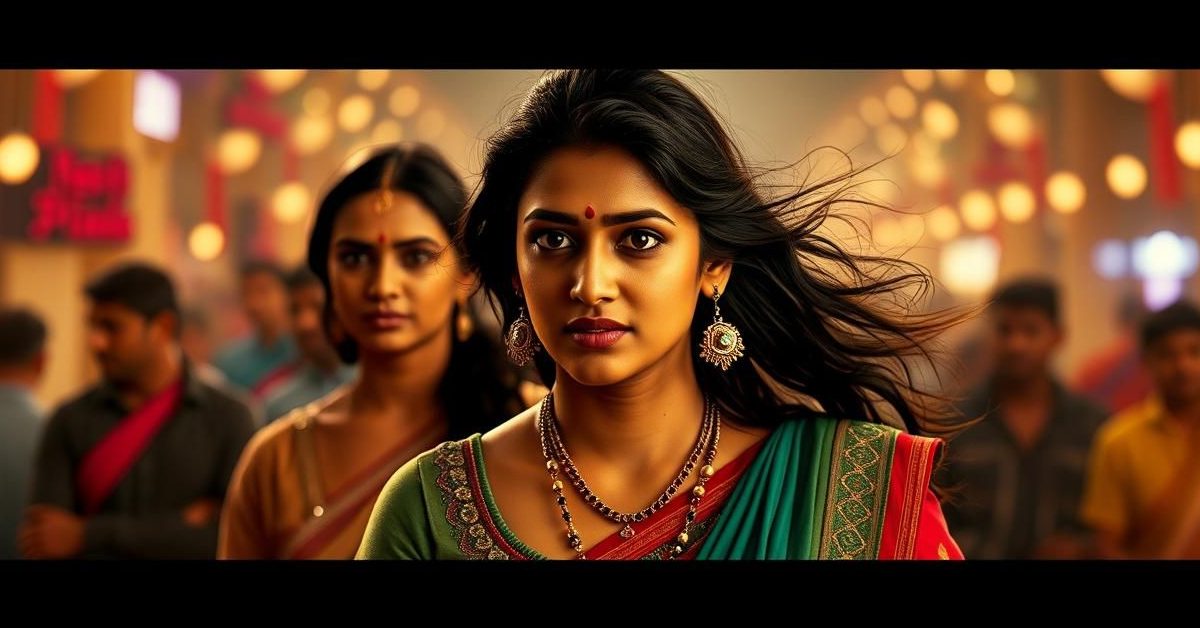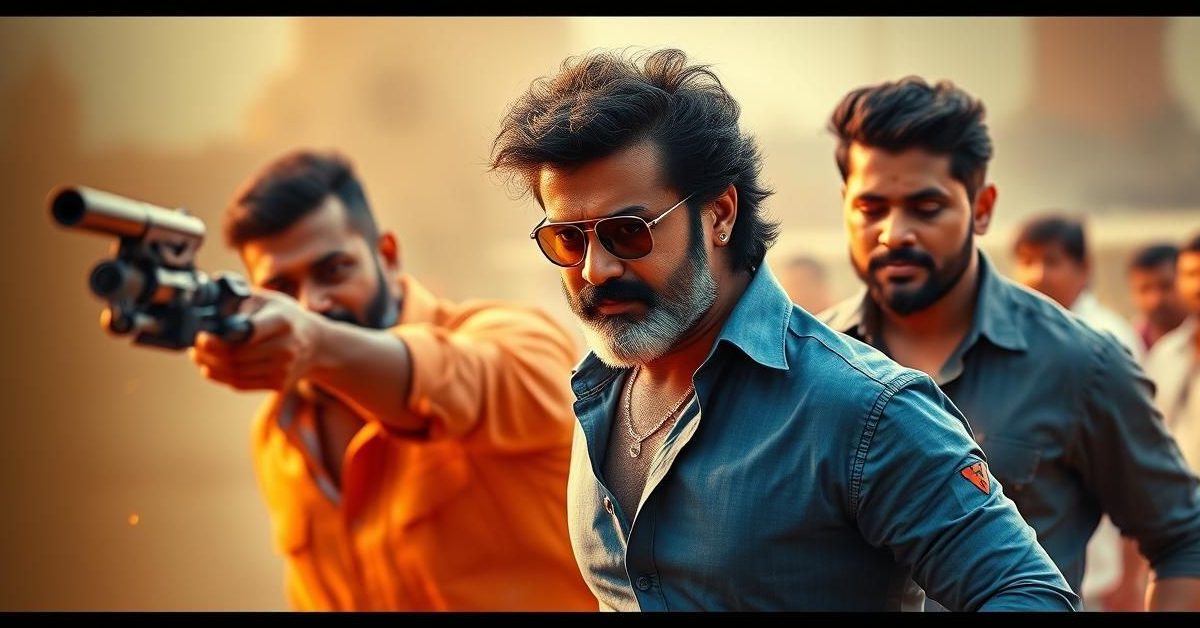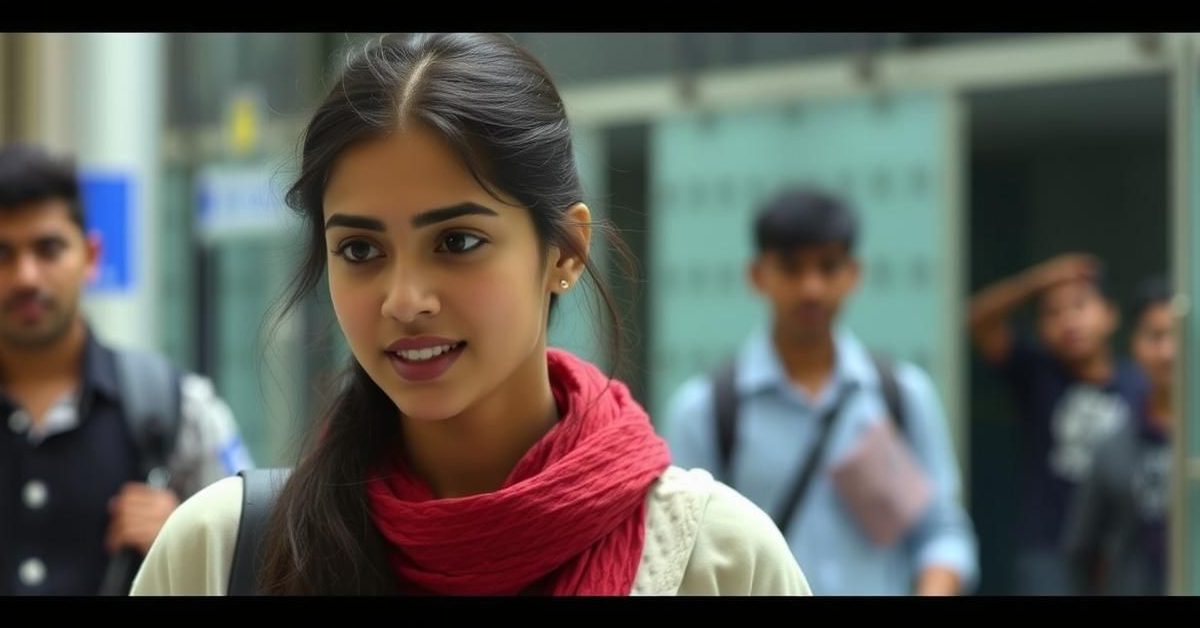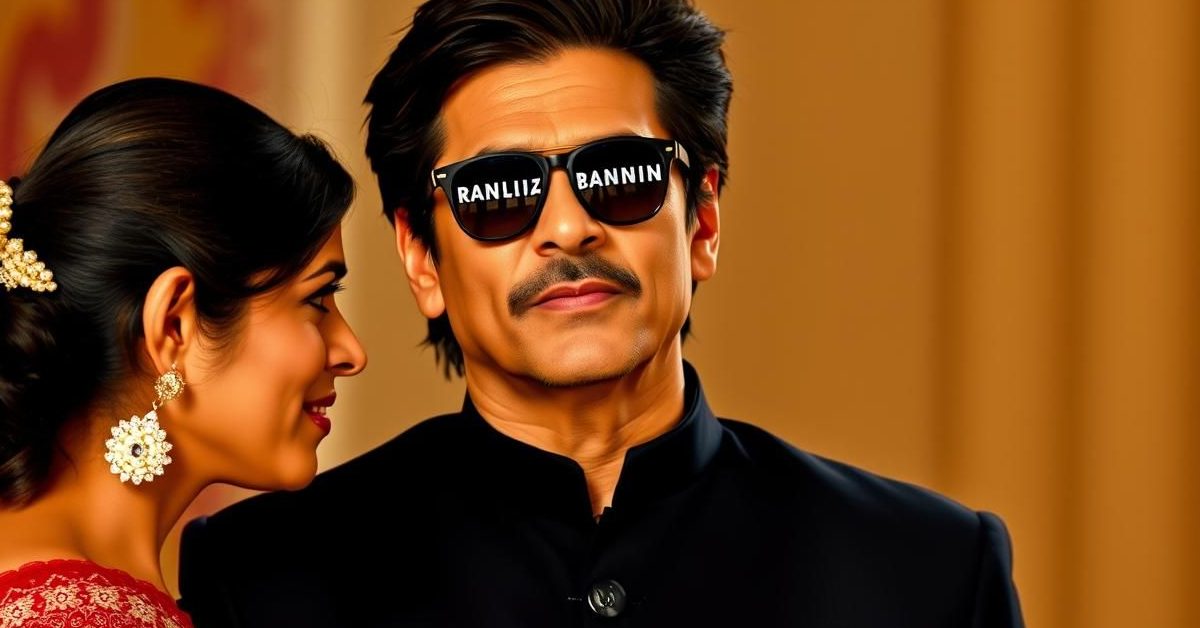Kamal Haasan and Mani Ratnam’s long-awaited reunion in the film “Thug Life” has been met with significant criticism, primarily for being a poor imitation of Francis Ford Coppola’s classic “The Godfather” and featuring a baffling climax.
When Cinematic Giants Stumble
It’s crucial to regularly re-evaluate the work of established filmmakers. Just because someone has a celebrated past doesn’t mean their new projects are immune to criticism. Even legends need honest feedback to grow and innovate.
Kamal Haasan and Mani Ratnam, two pillars of Indian cinema, collaborated on “Thug Life” after nearly four decades. This highly anticipated gangster drama debuted on Netflix just weeks after reportedly flopping in theaters, sparking intense debate among critics and audiences.
A “Godfather” Echo, But Lost in Translation
“Thug Life” is heavily critiqued for overtly drawing from “The Godfather” trilogy. Critics argue it misunderstands the original’s depth, presenting a diluted version that lacks both the humanity and fresh perspective needed for a successful remake. The film also seems to incorporate elements reminiscent of director Prashanth Neel’s style.
Unlike some Indian filmmakers who have acknowledged their “Godfather” inspiration, “Thug Life” appears to lift plot points without grasping their essence. This results in a narrative that fails to achieve the emotional resonance of its source material, making its climax particularly jarring.
Casting and Plot Missteps
The movie features Kamal Haasan as Sakhtivel, a New Delhi-based mob boss. His rival is played by Mahesh Manjrekar, a casting choice many found incongruous for an NCR gangster due to Manjrekar’s strong Marathi identity. This was just one of several questionable decisions in the film.
The plot includes elements mirroring “The Godfather” characters: Sakhtivel’s adopted son, Amaran, acts as a mix of Tom Hagen, Paulie, Michael Corleone, and even Andy Garcia’s character. Other parallels include a mistress who dies in a blast and a good-for-nothing brother banished to oversee a casino, much like Fredo.
The Perplexing Climax
The narrative of “Thug Life” builds towards a confrontation between Sakhtivel and his protégé, Amaran, seemingly setting up a classic master-vs-student scenario. The logical conclusion, in line with established tropes and the emotional core of its inspiration, would involve Sakhtivel clearing his name and Amaran living with the guilt of killing his guru, ensuring the cycle of violence continues and offering a tragic redemption for Sakhtivel.
However, the film takes a baffling turn. Instead of Sakhtivel, Amaran is killed by a minor character, Ali Fazal’s character, who appears out of nowhere. This creative choice deflates the climax, as Sakhtivel survives without having to confront the difficult choice of killing his adopted son. He feels no guilt, seemingly retiring from crime, and the ending even hints at his longing for violence, which disrespects the potential for a meaningful conclusion.
The Normalization of Plagiarism
The article raises a crucial question about plagiarism in Indian cinema. Films like “Nayakan,” also by Mani Ratnam and inspired by “The Godfather,” are hailed as classics despite their lack of originality. This acceptance of “inspiration” over outright creative development has become normalized.
While some adaptations like Mahesh Narayanan’s “Malik” succeeded by capturing the tone and texture of “The Godfather” rather than outright copying the plot, “Thug Life” falls short. By allowing Sakhtivel to survive guilt-free and hinting at a sequel, the film fundamentally misunderstands “The Godfather” as a family tragedy, reducing it to a mere gangster flick.
- “Thug Life,” a highly anticipated film, disappointed audiences and critics.
- It is heavily criticized for plagiarizing “The Godfather” without understanding its emotional depth.
- The film’s climax, featuring an irrelevant character killing a central figure, is considered a baffling narrative misstep.
- The ending’s suggestion of a sequel undermines the potential for a tragic and impactful story.
This review underscores the ongoing need for critical scrutiny, even for beloved filmmakers, to ensure originality and depth remain priorities in the Indian film industry.
